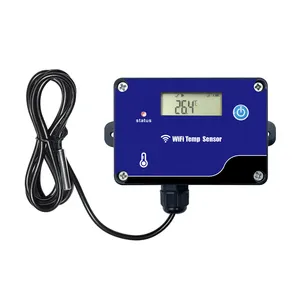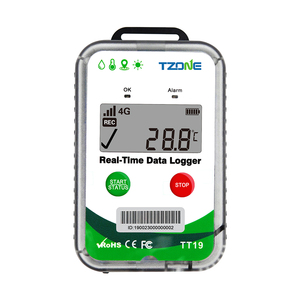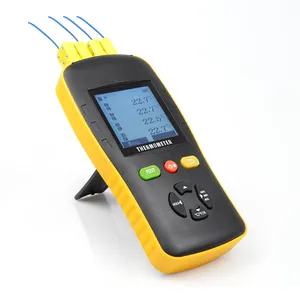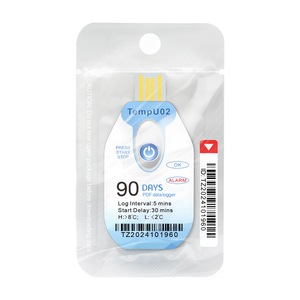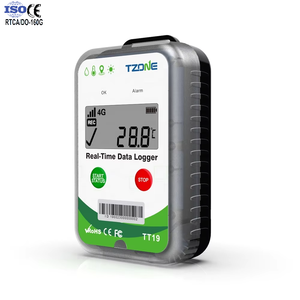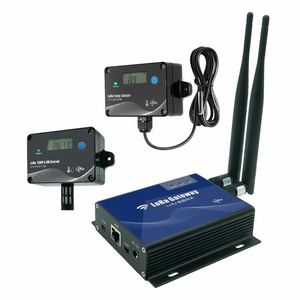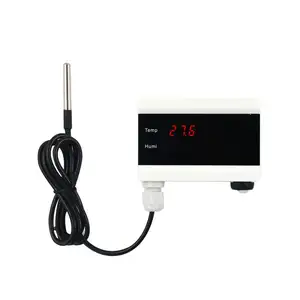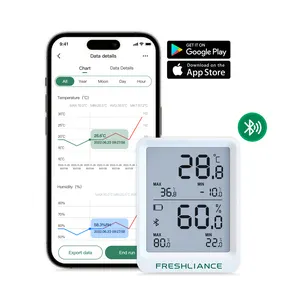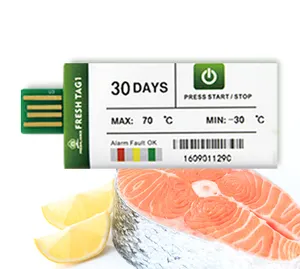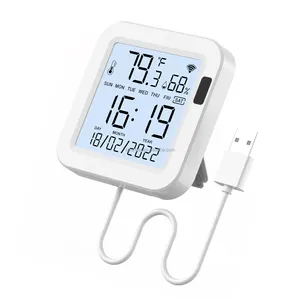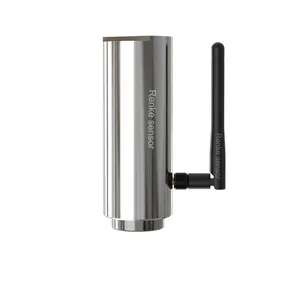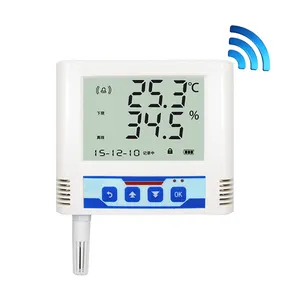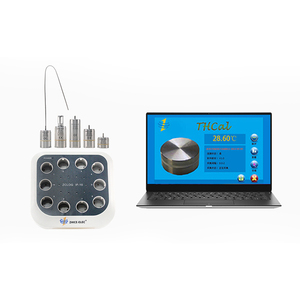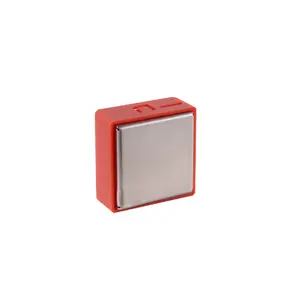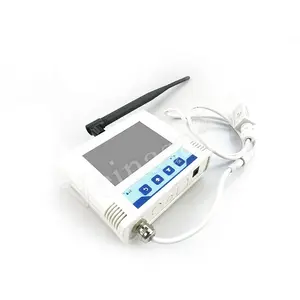Wireless High Temperature Sensor





 Top sponsor listing
Top sponsor listing



 1/3
1/3









 1/38
1/38







 1/11
1/11



 1/1
1/1



 1/3
1/3



 1/3
1/3

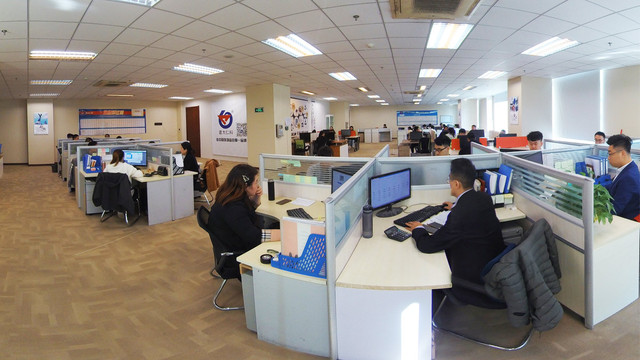

 1/3
1/3


 0
0



 1/3
1/3


 0
0




 1/3
1/3

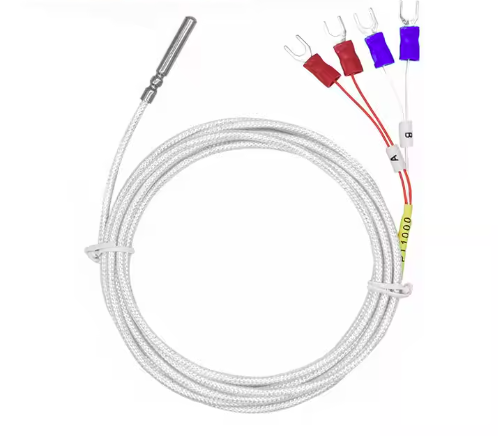

 1/3
1/3




 1/2
1/2








 1/9
1/9


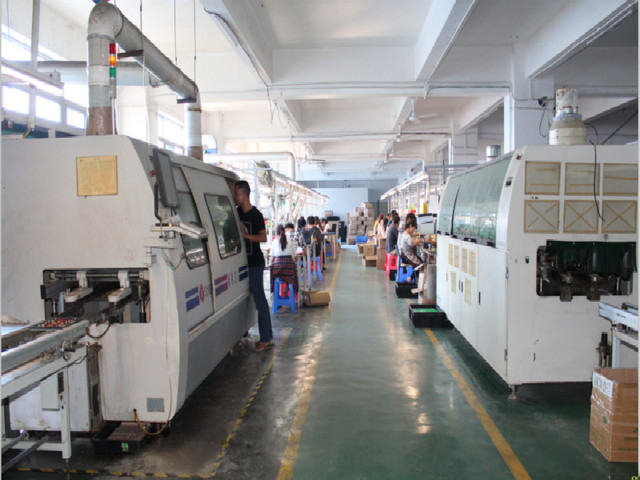

 1/3
1/3


 1/2
1/2


 0
0

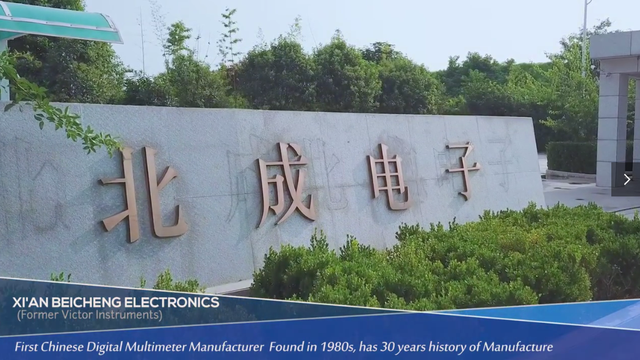

 1/3
1/3
About wireless high temperature sensor
Where to Find Wireless High Temperature Sensor Suppliers?
China remains the global epicenter for wireless high temperature sensor manufacturing, with concentrated supplier clusters in Guangdong and Henan provinces. These regions host vertically integrated production ecosystems that combine advanced electronics assembly with specialized material processing for thermal resistance up to 850°C. Guangdong’s Shenzhen zone excels in IoT-integrated wireless modules (Wi-Fi, LoRa, GSM), leveraging proximity to semiconductor foundries and firmware development centers. Meanwhile, Henan-based suppliers focus on industrial-grade durability, incorporating stainless steel housings and RS485/MODBUS protocols for harsh environments such as cold chain logistics, metallurgy, and power generation.
The supply chain benefits from localized access to key components—including rechargeable batteries, SIM cards, LCD displays, and RF transmitters—reducing lead times by 20–30% compared to offshore alternatives. Most manufacturers operate under ISO 9001-aligned quality management systems, with growing adoption of CE and RoHS compliance to meet export requirements. Buyers can expect standard lead times of 15–30 days for bulk orders, supported by scalable production lines capable of monthly outputs exceeding 50,000 units per facility.
How to Choose Wireless High Temperature Sensor Suppliers?
Procurement decisions should be guided by technical capability, operational reliability, and post-sales support metrics:
Technical Specifications & Compliance
Verify that sensors support required temperature ranges (typically -40°C to +850°C) and communication protocols (Wi-Fi, 4G/GPRS, LoRaWAN, or Bluetooth). For regulated industries like pharmaceuticals or food transport, ensure compatibility with real-time data logging, cloud platform integration, and alarm triggers. Demand proof of environmental testing, including humidity resistance (up to 95% RH) and IP65+ ingress protection ratings.
Production and Customization Capacity
Assess supplier flexibility through the following criteria:
- In-house R&D teams enabling customization of size, color, battery type, packaging labels, and software configuration
- Support for OEM/ODM services, including logo printing and mobile app branding
- Ability to integrate multiple sensing parameters (temperature, humidity, motion) into single devices
Prioritize suppliers advertising response times ≤2 hours and on-time delivery rates above 98%, which correlate with robust production planning and inventory control.
Transaction and Quality Assurance
Leverage transaction safeguards such as third-party inspections and milestone-based payments. Evaluate reorder rates as a proxy for customer satisfaction—suppliers with rates above 20% demonstrate consistent product performance. Request sample units to validate accuracy (±0.1°C to ±1°C tolerance), signal stability, and gateway connectivity before scaling procurement.
What Are the Best Wireless High Temperature Sensor Suppliers?
| Company Name | Main Products | On-Time Delivery | Response Time | Reorder Rate | Online Revenue | Customization Options | Verified Type |
|---|---|---|---|---|---|---|---|
| Tzone Digital Technology Co., Ltd. | Temperature Instruments, Wireless & RF Modules, Motion Sensors | 99% | ≤2h | 20% | US $340,000+ | Color, battery, size, logo, packaging, software, protocol (TCP, RS485), cloud platform | Custom Manufacturer |
| SOAN Electronic Technology Co.,Ltd | Alarm Systems, Temperature Instruments, Smoke Detectors | 100% | ≤4h | 16% | US $10,000+ | Limited | - |
| Zhengzhou Freshliance Electronics Corp., Ltd. | IoT Sensors, Bluetooth & USB Controllers | 100% | ≤2h | 18% | US $310,000+ | Color, material, size, logo, packaging, label design | Custom Manufacturer |
| Honde Technology Co., Ltd. | Industrial Transmitters, LORA/WiFi Sensors, Soil Monitoring Devices | 98% | ≤1h | 31% | US $530,000+ | Material, size, weather station integration, graphic interface | Multispecialty Supplier |
| Shenzhen Thingsend Communication Tech Co., Ltd. | Industrial-Grade Environmental & Gas Sensors | 90% | ≤2h | <15% | US $10,000+ | High-temperature materials (up to 850°C), Lora wireless networks | - |
Performance Analysis
Honde Technology stands out with the highest reorder rate (31%) and fastest average response time (≤1h), indicating strong operational efficiency and customer retention. Tzone Digital and Zhengzhou Freshliance offer extensive customization depth, particularly in software integration and branding—critical for B2C IoT deployments. While SOAN Electronic reports perfect on-time delivery, its lower reorder rate suggests limited differentiation beyond basic alarm functionality. Shenzhen Thingsend specializes in extreme-temperature applications but exhibits below-average reorder performance, potentially due to niche market positioning or higher pricing ($135/unit minimum).
FAQs
What is the typical MOQ for wireless high temperature sensors?
Minimum order quantities vary by model and technology: Bluetooth/Wi-Fi sensors often require 2–10 pieces, while GSM or 4G-enabled units may start at 50 pieces. Industrial transmitters frequently have MOQs of 1 piece due to high unit cost and custom configurations.
How long does it take to receive samples?
Sample lead times range from 7 to 15 days, depending on customization needs. Standard models without branding are typically shipped within one week. Complex variants involving app integration or extended temperature calibration may require up to 25 days.
Are wireless high temperature sensors export-ready?
Most suppliers produce CE- and RoHS-compliant models suitable for European and North American markets. However, buyers must confirm certification validity and request test reports for radio frequency emissions (e.g., FCC, IC) when deploying wireless protocols.
Can suppliers integrate sensors with existing monitoring platforms?
Yes, many manufacturers support API-level integration with cloud platforms via MQTT, HTTP, or TCP/IP protocols. Some offer white-label mobile apps and dashboard interfaces, especially those advertising "cloud platform" and "real-time data integration" in their feature sets.
What materials are used for high-temperature resistance?
Sensors designed for extreme environments use stainless steel probes, ceramic insulation, and high-temperature cables rated up to 850°C. Enclosures are typically made from ABS+PC blends or aluminum alloys with thermal dissipation fins to protect internal circuitry.

